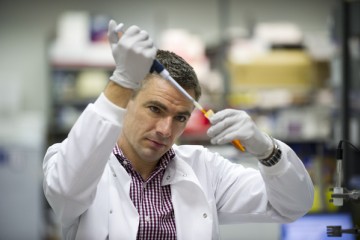Project grant
Refinement of a mouse model of pulmonary embolism

At a glance
Completed
Award date
February 2007 - August 2008
Grant amount
£149,171
Principal investigator
Dr Michael Emerson
Institute
Imperial College London
R
- Reduction
- Refinement
